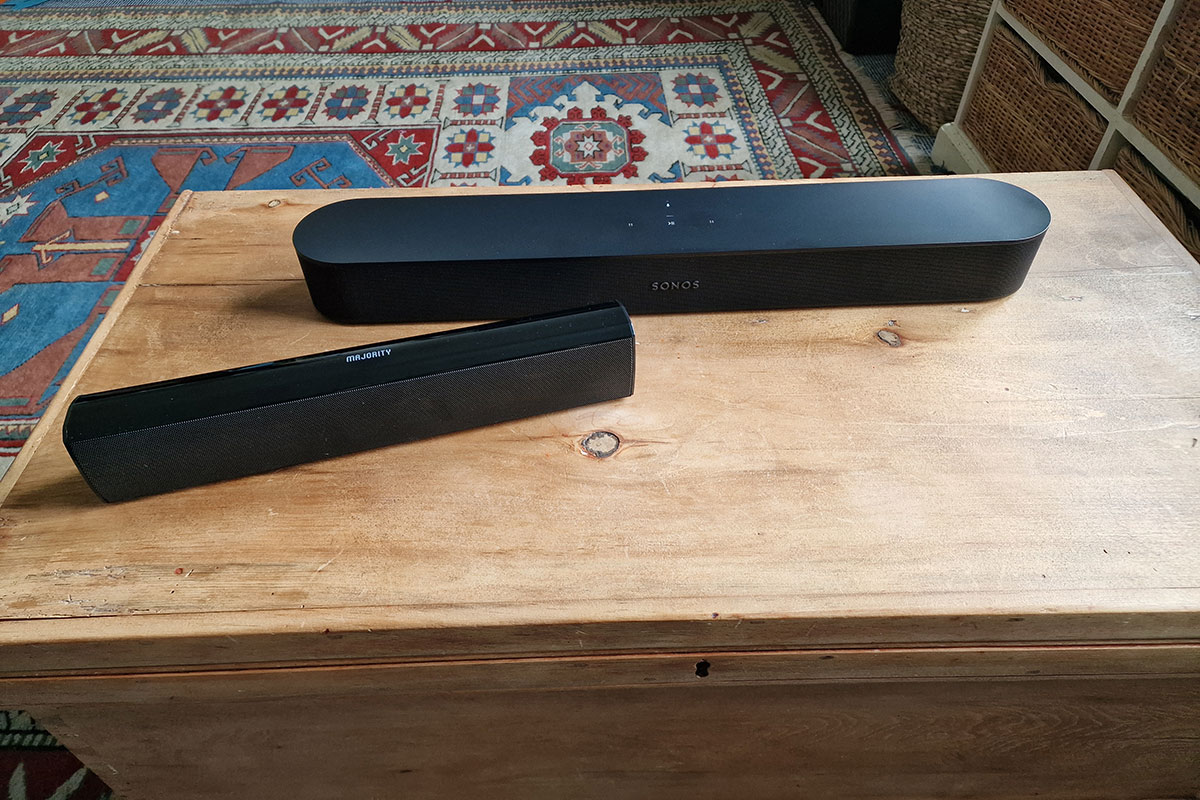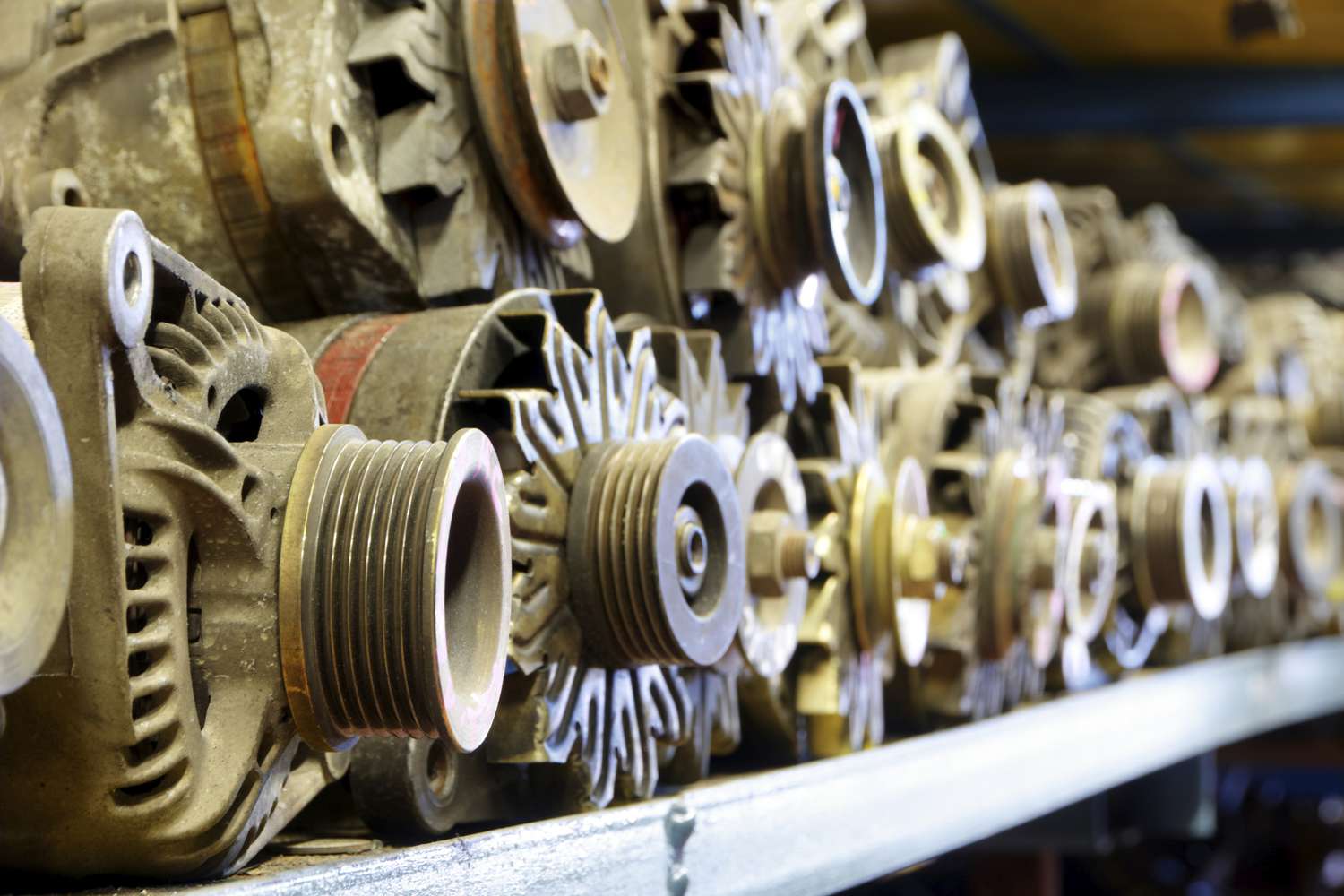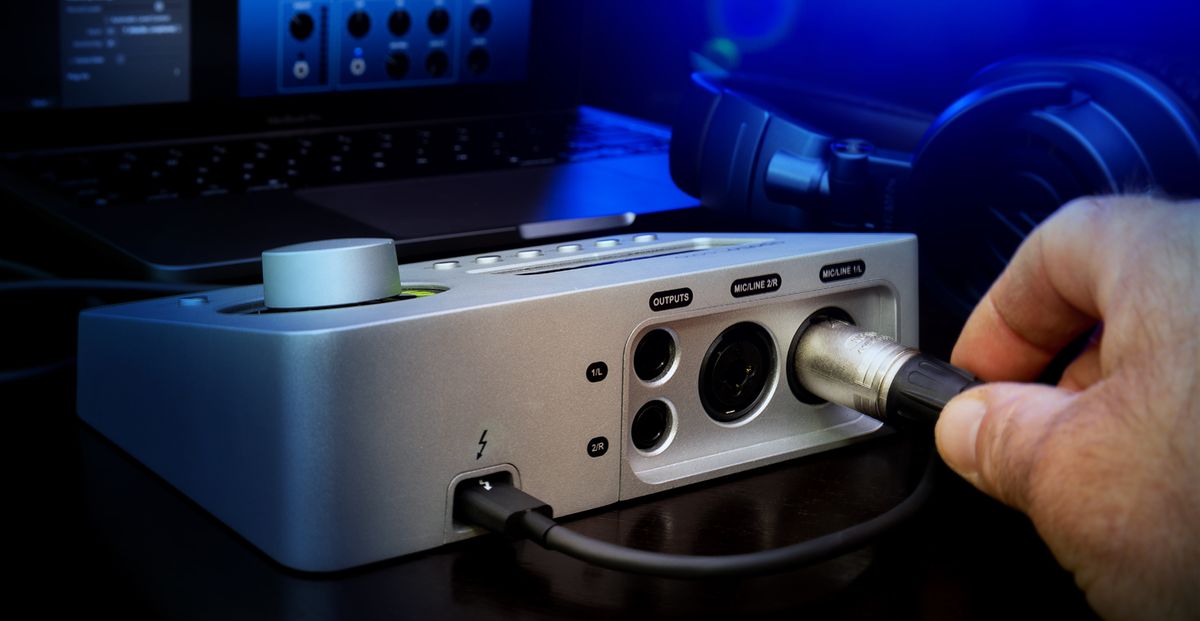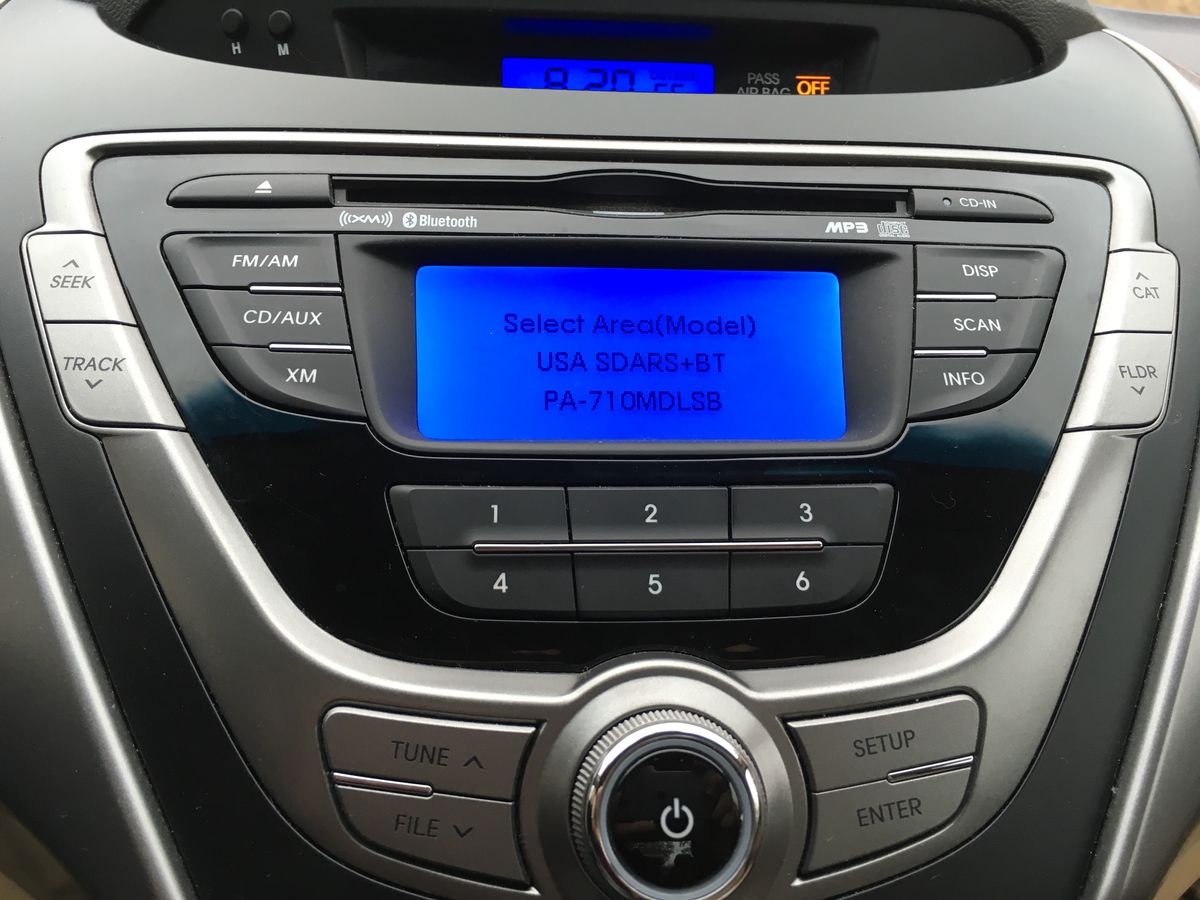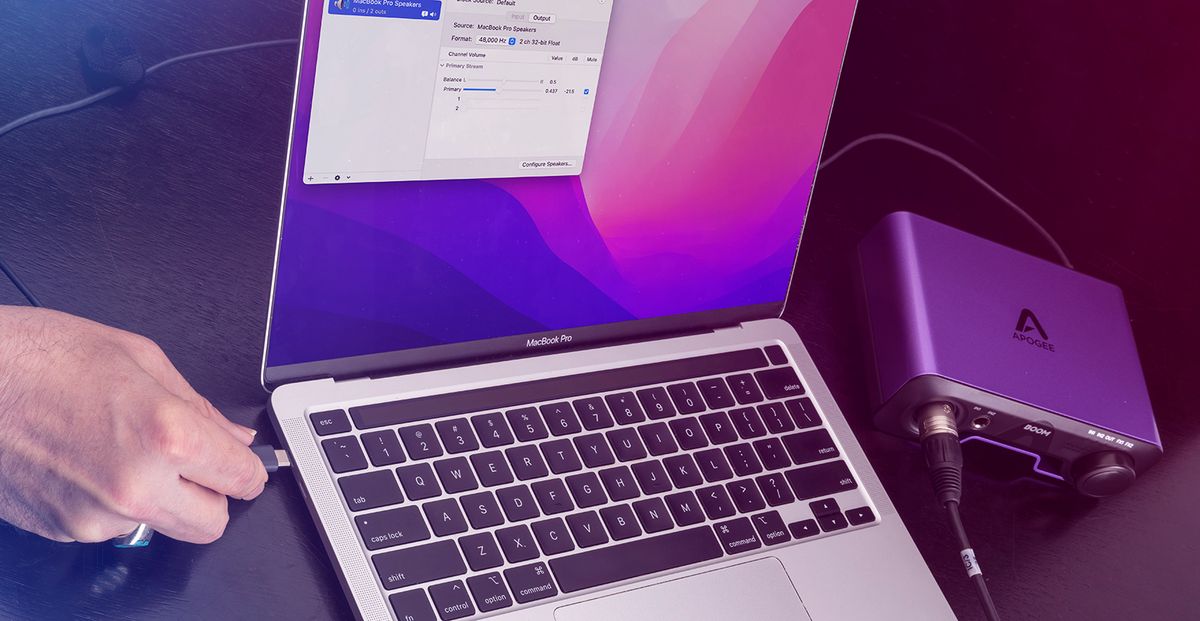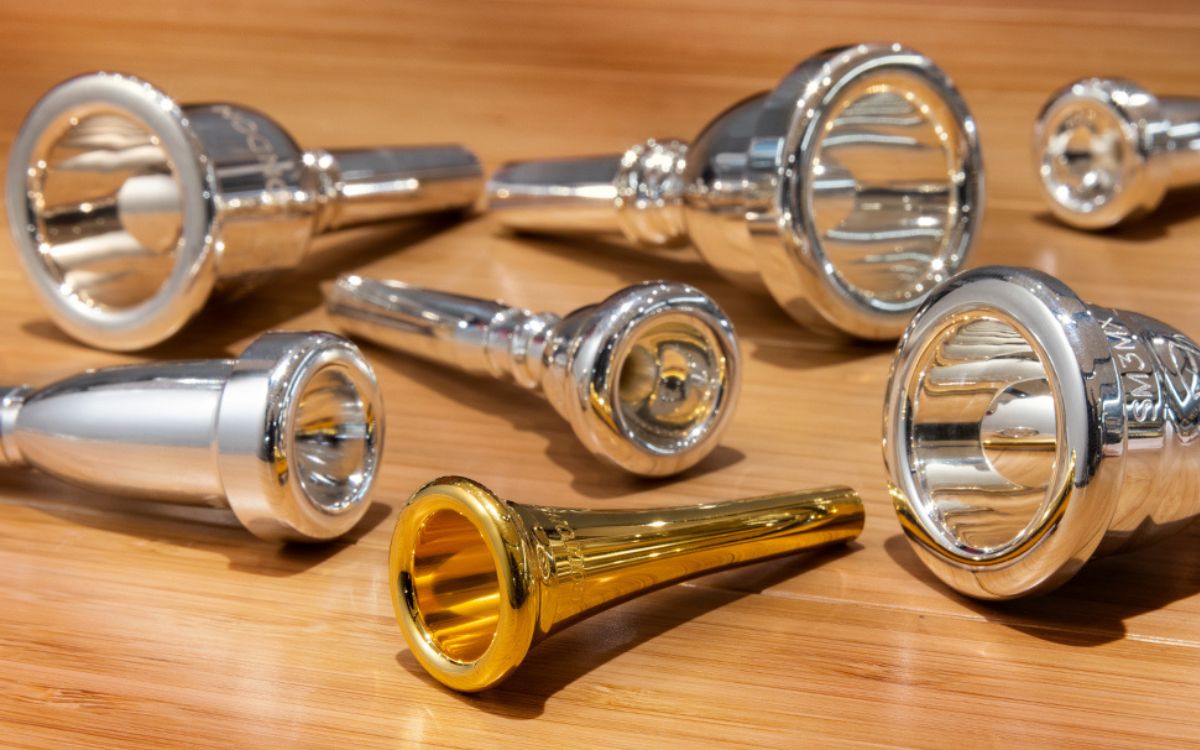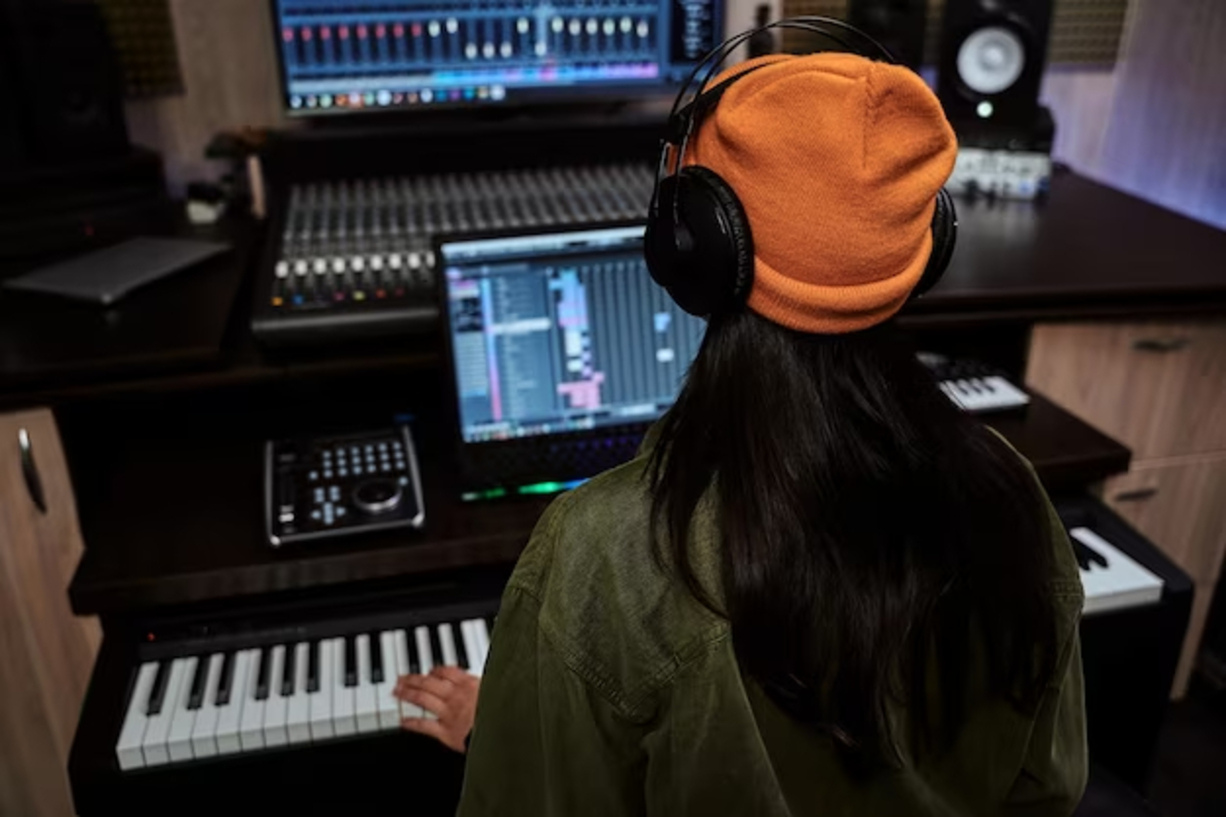Home>Production & Technology>Audio Interface>Why Do Clocks Need To Be Locked Audio Interface
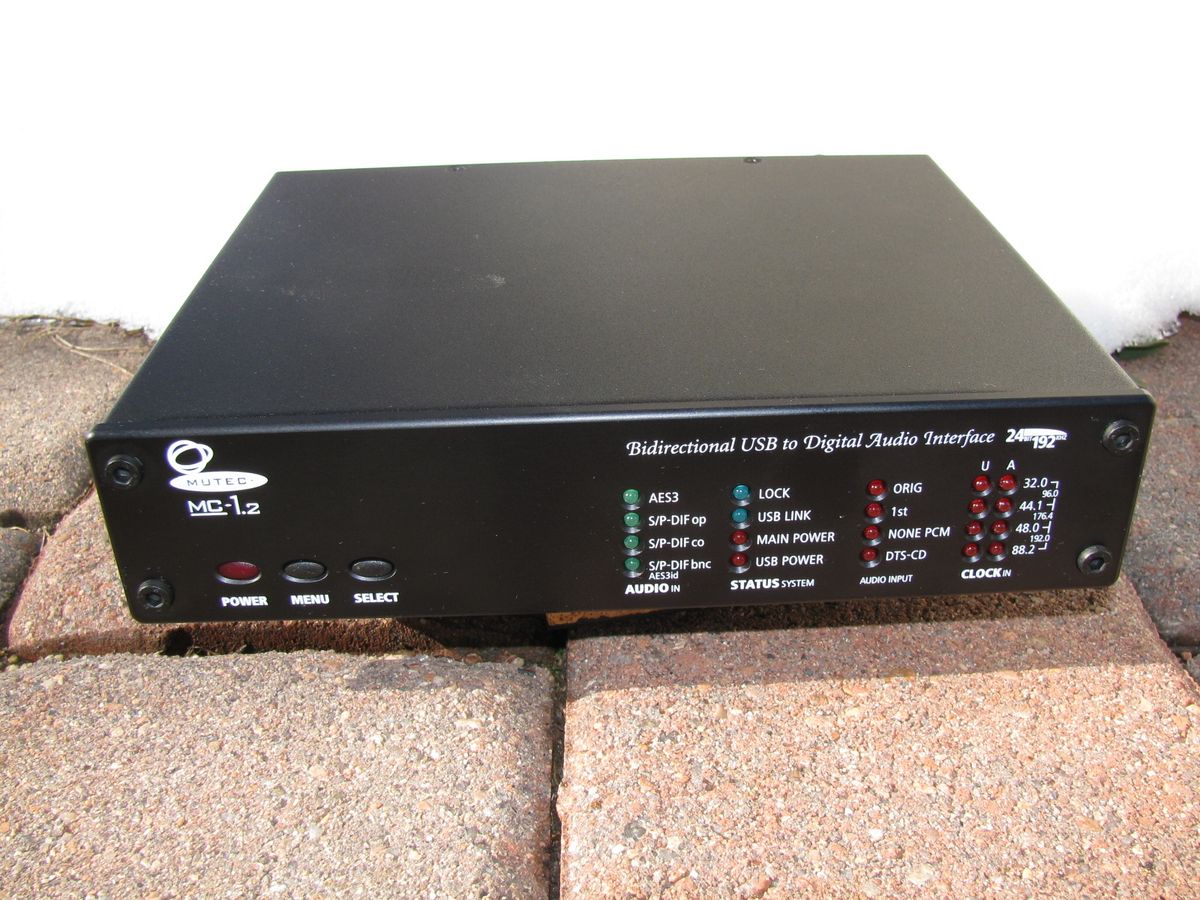

Audio Interface
Why Do Clocks Need To Be Locked Audio Interface
Published: February 5, 2024
Discover why clocks need to be locked to an audio interface for optimal performance. Uncover the benefits of a reliable audio interface for precise synchronization.
(Many of the links in this article redirect to a specific reviewed product. Your purchase of these products through affiliate links helps to generate commission for AudioLover.com, at no extra cost. Learn more)
Table of Contents
Introduction
Audio interfaces play a vital role in capturing, recording, and reproducing high-quality sound in various professional audio applications. Whether it’s music production, podcasting, or live sound engineering, audio interfaces act as the bridge between digital audio devices and the outside world.
One crucial aspect of audio interfaces that is often overlooked but plays a significant role in maintaining audio integrity is clock synchronization. Clock synchronization ensures that all audio devices involved in the recording or playback process operate at the same precise sample rate and maintain accurate timing. This synchronization is crucial to avoid issues such as timing discrepancies, jitter, and unwanted artifacts.
In this article, we will explore the importance of clock synchronization in audio interfaces, the problems caused by unsynchronized clocks, and the need for locked audio interfaces. We will also delve into how clock locking works, the benefits of using locked audio interfaces, and the challenges faced in implementing them.
So, if you’re ready, let’s dive into the fascinating world of clock synchronization and its significance in audio interfaces.
Importance of Clock Synchronization in Audio Interfaces
When it comes to audio production, maintaining accurate timing and synchronization is crucial. A key element in achieving this is ensuring that all devices involved in the audio chain operate at the same sample rate. This is where clock synchronization comes into play.
In audio interfaces, the internal clock governs the conversion between analog and digital signals. It determines the rate at which audio samples are captured or played back, measured in kilohertz (kHz) or samples per second. For example, a standard sample rate for audio interfaces is 44.1 kHz (CD quality).
When multiple audio devices are used together, such as microphones, mixers, and speakers, it is important that they are synchronized with a common clock source. This synchronization ensures that audio signals are accurately recorded and reproduced without any interruptions or discrepancies.
Imagine a scenario without clock synchronization: the audio interface’s clock may slightly deviate from the clock of another device, causing timing discrepancies. This results in audio signals being out of sync, leading to phase cancellation, phasing issues, or other unwanted artifacts. These problems can severely impact the quality of the recorded audio and the overall listening experience.
Moreover, clock synchronization helps to minimize jitter, which is the fluctuation in timing precision due to variations in clock frequencies. Jitter can introduce timing errors and affect the stability of the audio signal, resulting in distortion, clicks, and pops.
By ensuring clock synchronization, audio interfaces can achieve accurate sample alignment, preventing digital audio signals from becoming misaligned or distorted. This is especially crucial for applications that require precise timing, such as multi-channel recordings or live sound production.
Overall, clock synchronization in audio interfaces is vital for maintaining the integrity of audio signals, ensuring accurate sample rate conversion, and minimizing timing discrepancies and unwanted artifacts.
Problems Caused by Unsynchronized Clocks
Unsynchronized clocks in audio interfaces can lead to various issues that negatively impact the quality of recorded and reproduced audio. Here are some of the main problems caused by unsynchronized clocks:
- Timing Discrepancies: When audio devices operate with different clock sources or slightly varying clock rates, timing discrepancies occur. This can result in audio signals being out of sync, causing phase cancellation, audible artifacts, and a lack of cohesiveness in the overall sound.
- Jitter: Unsynchronized clocks can introduce jitter, which refers to variations in timing precision. Jitter can lead to unstable and inconsistent audio signals, resulting in distortion, clicks, pops, and overall degradation of the sound quality.
- Interference and Artifacts: Unsynchronized clocks can cause interference between audio devices, leading to audible artifacts such as noise, crosstalk, and signal degradation. These artifacts can significantly impact the clarity, dynamic range, and overall fidelity of the audio signal.
- Multiple Clock Domains: In setups where different audio devices with their own internal clocks are connected, unsynchronized clocks can result in multiple clock domains. This can create communication problems between devices, leading to data loss, timing errors, and an overall unstable audio system.
- Overlapping Recordings: When recording multiple audio sources simultaneously, unsynchronized clocks can cause the recorded signals to drift apart over time. This makes it challenging to accurately align and synchronize the recorded tracks during the post-production phase.
These problems highlight the importance of clock synchronization in audio interfaces. By addressing these issues, synchronized clocks ensure that audio signals are captured, processed, and reproduced with precision and accuracy, resulting in high-quality audio that is free from timing discrepancies, jitter, interference, and other unwanted artifacts.
Need for Locked Audio Interfaces
In the world of audio production, where precision and accuracy are paramount, the need for locked audio interfaces becomes evident. Locked audio interfaces refer to devices that employ clock synchronization techniques to ensure consistent and synchronized clock signals across all connected audio devices. Here’s why locked audio interfaces are essential:
- Precise Timing: Locked audio interfaces offer precise timing synchronization among audio devices, ensuring that all components operate at the same sample rate and maintain accurate timing. This allows for seamless integration of different audio sources and prevents timing discrepancies and synchronization issues.
- Reduced Jitter: Jitter, the fluctuation in timing precision, can introduce unwanted artifacts and affect the overall sound quality. Locked audio interfaces help minimize jitter by providing a stable and consistent clock source, resulting in clean, distortion-free audio signals.
- Improved Audio Fidelity: When audio devices are synchronized, the recorded and reproduced audio maintains its integrity. Locked audio interfaces help preserve the dynamic range, frequency response, and overall fidelity of the sound, resulting in high-quality audio recordings and playback.
- Seamless Integration: Locked audio interfaces are essential in complex audio setups where multiple devices need to work together seamlessly. By synchronizing the clocks of all connected devices, locked interfaces ensure smooth communication, accurate data exchange, and hassle-free integration of audio equipment.
- Consistent Signal Processing: In audio production and post-production workflows, maintaining consistency in signal processing is crucial. Locked audio interfaces ensure that all audio devices involved in the signal chain process the audio at the same sample rate, allowing for accurate mixing, editing, and mastering of the audio material.
- Compatibility with External Clock Sources: Locked audio interfaces often provide the flexibility to synchronize with external clock sources, such as word clock or digital audio interfaces. This enables integration with professional studio setups and ensures compatibility between different clocking systems.
Locked audio interfaces are a necessity in professional audio environments where precision and synchronization are critical. Whether in recording studios, live sound setups, or broadcast facilities, locked interfaces provide the necessary tools to maintain accurate timing, minimize jitter, and preserve the highest quality of audio reproduction.
How Clock Locking Works in Audio Interfaces
Clock locking is the process by which audio interfaces ensure synchronization and alignment of clock signals among connected devices. This synchronization is vital for maintaining accurate timing and preventing timing discrepancies in audio production setups. Let’s explore how clock locking works in audio interfaces:
1. Master Clock: A master clock is the central clock source that generates the main clock signal. It serves as the reference for all other devices in the system. The master clock sets the sample rate and determines the timing for all audio signals in the setup.
2. Word Clock: Word clock is a digital synchronization signal that carries timing information and is used for clock synchronization in audio interfaces. It consists of a series of pulses at a specific frequency, typically 44.1 kHz or 48 kHz, corresponding to the sample rate.
3. External Clock Synchronization: Many audio interfaces feature external clock synchronization capabilities. These interfaces can receive a word clock signal from an external clock source, such as a studio master clock or a digital audio interface, to ensure synchronization with other devices in the audio chain.
4. Multiple Clock Domains: In complex audio setups with multiple devices, each device may have its own internal clock. Clock locking resolves the challenge of different clock domains by synchronizing the internal clocks of all devices to a common clock source, typically the master clock or an external word clock signal.
5. Sample Rate Conversion: Clock locking also involves sample rate conversion, which allows audio devices with different native sample rates to work together seamlessly. Sample rate converters adjust the incoming audio signals to match the sample rate of the master clock, ensuring accurate alignment and synchronization.
6. Jitter Reduction: Clock locking techniques also aim to minimize jitter, which is the fluctuation in timing precision. Specialized circuitry and algorithms are employed in locked audio interfaces to reduce jitter, providing a stable and consistent clock signal for accurate timing and clean audio reproduction.
By implementing clock locking mechanisms, audio interfaces ensure that all connected devices operate with consistent timing, sample rate, and synchronization. This results in seamless integration, minimal timing discrepancies, reduced jitter, and enhanced audio fidelity, allowing for accurate and high-quality audio capture and reproduction.
Benefits of Using Locked Audio Interfaces
Using locked audio interfaces that employ clock synchronization techniques offers several benefits for audio production and reproduction. Let’s explore the advantages of using locked audio interfaces:
- Precise and Accurate Timing: Locked audio interfaces ensure that all connected devices operate at the same sample rate and maintain accurate timing synchronization. This precision eliminates timing discrepancies and ensures precise alignment of audio signals, resulting in clean, cohesive, and professional-grade audio recordings and playback.
- Improved Audio Fidelity: Clock synchronization in audio interfaces helps maintain the integrity of audio signals, preserving the dynamic range, frequency response, and overall fidelity. This ensures that the recorded and reproduced audio accurately represents the original sound source, providing a high-quality listening experience for the audience.
- Seamless Integration of Audio Devices: Locked audio interfaces facilitate seamless integration and communication between multiple audio devices, ensuring smooth signal flow and accurate synchronization. This allows for hassle-free connection and operation of devices such as microphones, mixers, effects processors, and monitors, creating a cohesive and efficient audio production environment.
- Elimination of Synchronization Issues: Clock synchronization eliminates synchronization issues caused by unsynchronized clocks, such as phase cancellation, phasing issues, and timing conflicts. By maintaining consistent timing across the entire audio chain, locked audio interfaces ensure that audio elements are perfectly in sync, creating a professional and polished sound.
- Minimal Jitter and Artifacts: Locked audio interfaces help reduce jitter, the fluctuations in timing precision, resulting in stable and consistent clock signals. This minimizes unwanted artifacts in the audio, such as distortion, clicks, pops, and the overall degradation of sound quality. The result is clean, smooth, and artifact-free audio reproduction.
- Compatibility with External Clock Sources: Many locked audio interfaces offer compatibility with external clock sources, such as word clock or digital audio interfaces. This ensures flexibility and integration with professional studio setups, allowing for seamless collaboration and synchronization between different clocking systems.
By utilizing locked audio interfaces, audio professionals can achieve precise timing, improved audio fidelity, seamless integration, and elimination of synchronization issues. These benefits contribute to delivering high-quality audio recordings and reproductions, creating a professional and captivating audio experience for audiences in various applications, including music production, live sound engineering, broadcasting, and podcasting.
Challenges in Implementing Locked Audio Interfaces
Implementing locked audio interfaces, while beneficial, can come with its own set of challenges. These challenges need to be addressed to ensure successful integration and operation. Let’s explore some of the common challenges faced in implementing locked audio interfaces:
- Device Compatibility: One of the main challenges is ensuring compatibility between audio devices from different manufacturers. Each device may have its own clocking system and requirements, leading to potential conflicts or difficulties in synchronizing the clocks. This requires careful consideration and coordination to ensure all devices can communicate and synchronize seamlessly.
- Cabling and Signal Integrity: Clock synchronization relies on reliable and high-quality cabling to transmit the clock signals between devices without signal degradation or interference. Proper cable routing, impedance matching, and shielding must be implemented to maintain signal integrity and minimize risks of clocking issues.
- Sample Rate Conversion: Implementing sample rate conversion, when necessary, can be a challenge. Different devices may have varying native sample rates, requiring proper conversion techniques to ensure accurate alignment and synchronization. Sample rate converters must be selected and configured appropriately to avoid degradation of audio quality and introduce latency.
- Jitter and Timing Constraints: Dealing with jitter, the fluctuations in timing precision, can be challenging. Locked audio interfaces must employ advanced circuitry and algorithms to minimize jitter and meet timing constraints. This requires careful design and engineering to ensure stable and consistent clock signals, especially in high-demand scenarios where low jitter is crucial.
- System Flexibility: While clock synchronization is vital in certain applications, there may be scenarios where flexibility is required. Certain setups may require devices to operate independently with their own internal clocks. Implementing a locked audio interface that provides the necessary flexibility to switch between synchronized and independent clocking modes can be a challenge.
- User Education and Setup: Implementing locked audio interfaces often requires proper user education and setup procedures. Users need to understand the concept of clock synchronization, how to select and configure clock sources, and ensure that all devices are properly connected and initialized for synchronized operation. Clear documentation and user-friendly interfaces can help mitigate these challenges.
Addressing these challenges requires a combination of technical expertise, attention to detail, and effective communication between manufacturers, audio professionals, and system integrators. By overcoming these challenges, the implementation of locked audio interfaces can bring the benefits of precise timing, improved audio fidelity, and seamless integration, contributing to successful audio production and reproduction.
Conclusion
Clock synchronization plays a crucial role in maintaining the integrity, accuracy, and consistency of audio signals in professional audio applications. Locked audio interfaces provide the solution for achieving precise timing, reducing jitter, and ensuring seamless integration of audio devices.
Through clock locking techniques, audio interfaces can synchronize the internal clocks of connected devices, ensuring they operate at the same sample rate and maintain accurate timing. This synchronization eliminates timing discrepancies, minimizes jitter, and improves audio fidelity.
Locked audio interfaces offer numerous benefits, including precise and accurate timing, improved audio fidelity, seamless device integration, and minimized jitter and artifacts. These benefits contribute to the production of high-quality, professional audio recordings and reproductions.
Implementing locked audio interfaces does come with its challenges, such as device compatibility, cabling and signal integrity, sample rate conversion, managing jitter, ensuring system flexibility, and user education. However, these challenges can be overcome through careful planning, proper setup, technical expertise, and effective communication among stakeholders.
In conclusion, clock synchronization through locked audio interfaces is essential for maintaining the integrity and accuracy of audio signals. By ensuring precise timing, reducing jitter, and overcoming the associated challenges, locked audio interfaces contribute to seamless integration, optimal audio performance, and an enhanced listening experience across a range of professional audio applications.

